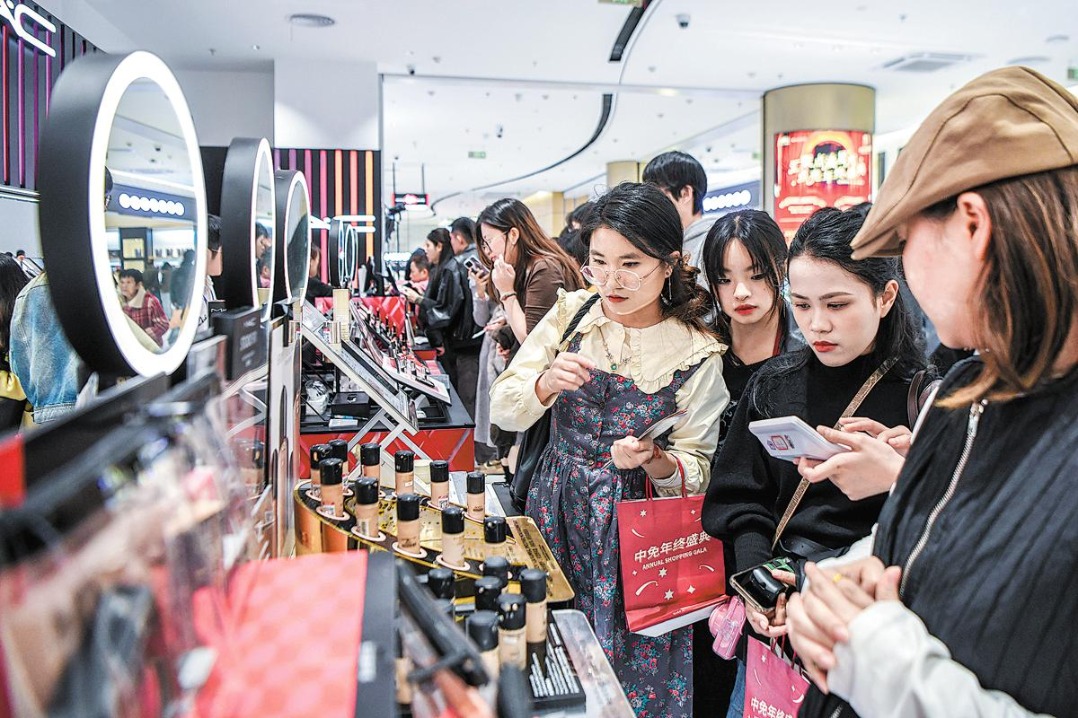China's popularization of compulsory education exceeds average of upper-income countries
People's Daily Online | Updated: 2017-07-27 10:53
Since the 18th National Congress of the Communist Party of China in 2012, China's overall education system has outpaced many countries around the world, thanks to the Central Government's efforts to improve the sector.
The retention ratio of nine-year compulsory education reached 99.9 percent, higher than the upper-income countries. The gross enrollment ratio for China's preschool education came to 77.4 percent, higher than the average of upper-middle-income countries of 69.2 percent.
The gross enrollment ratio for senior secondary education and higher education reached 87 and 42.7 percent, respectively, both of which are higher than the average of upper-middle-income countries.
These achievements are closely related to the Chinese government's overall plans to boost education. To make sure that no student drops out of school due to poverty, China has spent over 4 percent of GDP on education for five straight years.
At the beginning of 2017, the country released the 13th Five Year Plan (2016-2020) on Education, reiterating that spending on education will account for no less than 4 percent of the country's GDP.
Last year, Tan Honglai, a poor student from southwest China's Guizhou province, was admitted by the province's teaching university. Tan said he and his family would be hopeless without the student loans and scholarships provided by the government.
In 2016, nearly 1.3 million rural teachers received living subsidies in China, covering 97 percent of rural teachers in impoverished areas, according to the Ministry of Education. Subsidies benefited some 81,000 schools in 2016.
Li Hui, a rural teacher in east China's Anhui province, said her life has undergone obvious changes in recent years. "Besides from the basic living allowance, I'm paid an extra 500 yuan ($74) per month for my hard work. We are highly motivated."
In June 2015, the State Council announced the Rural Teacher Support Plan for the overall building of rural teacher teams. According to a plan to support weak schools, 77 percent of the counties and 218,000 compulsory education schools gained access to labs, libraries, and other advanced educational resources.
























